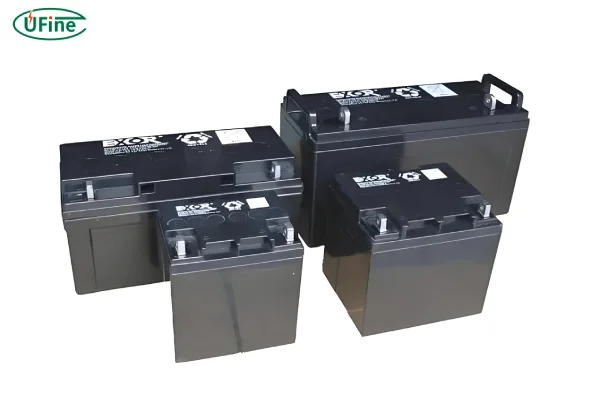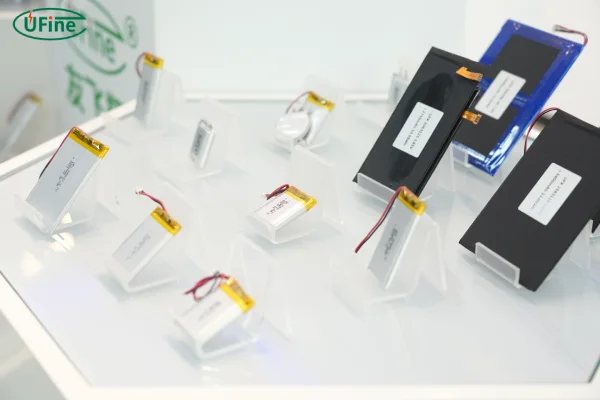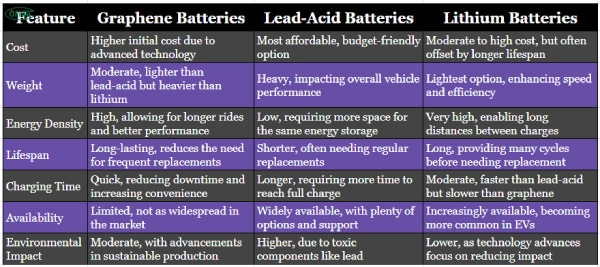
- Part 1. Main types of EV two wheelers
- Part 2. Graphene: the new kid on the block
- Part 3. Lead-acid: the tried and true
- Part 4. Lithium: the gold standard
- Part 5. Graphene battery for EV two wheelers
- Part 6. Lead-acid battery for EV two wheelers
- Part 7. Lithium battery for EV two wheelers
- Part 8. Which is better for EV two wheelers?
When it comes to powering your EV two wheeler, the choice of battery is crucial. With options like graphite, lead-acid, and lithium batteries, each offers unique benefits and challenges. Let’s explore these battery types in detail to help you make an informed decision for your electric vehicle.
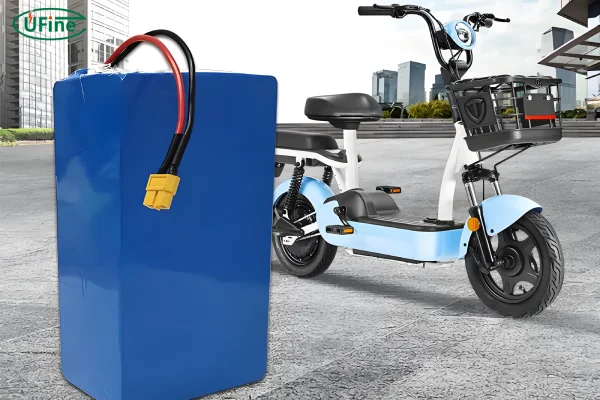
Part 1. Main types of EV two wheelers
Before we dive into batteries, let’s quickly recap the main types of electric two-wheelers. This will help you understand which battery might suit your needs best.
-
Electric Scooters: These are perfect for urban commuting. They’re compact, easy to maneuver, and ideal for short distances.
-
Electric Bikes: Versatile and adaptable, electric bikes offer a great balance between city commuting and off-road adventures. They come with pedal assistance, making them a favorite for fitness enthusiasts.
-
Electric Motorcycles: These provide more power and speed, suitable for longer distances and highway travel. They are designed for those who need more performance from their vehicles.
Each type has different power requirements, so choosing the right battery is key to ensuring optimal performance.
Graphite vs. Lead Acid vs. Lithium Batteries: Key Differences Explained
Part 2. Graphene: the new kid on the block

Graphene, a wonder material composed of a single layer of carbon atoms, is making waves in the battery industry. Its exceptional properties, such as high conductivity and incredible strength, make it a promising candidate for next-generation batteries.
-
Pros of Graphene Batteries:
-
Long lifespan: Graphene batteries are expected to last significantly longer than traditional batteries, reducing the need for frequent replacements.
-
Fast charging: Say goodbye to long charging times. Graphene batteries can be charged rapidly, getting you back on the road in no time.
-
High energy density: Packing a powerful punch, graphene batteries can store more energy in a smaller space, leading to increased range.
-
-
Cons of Graphene Batteries:
-
High cost: Currently, graphene is expensive to produce, making graphene batteries a premium option.
-
Limited availability: As a relatively new technology, graphene batteries are not as widely available as other battery types.
-
Part 3. Lead-acid: the tried and true
Lead-acid batteries have been around for ages and are still a popular choice due to their affordability. They’re commonly found in cars and motorcycles, and they’ve proven to be reliable over the years.
-
Pros of Lead-Acid Batteries:
-
Low cost: Lead-acid batteries are generally cheaper than other battery types, making them an attractive option for budget-conscious riders.
-
Wide availability: You can find lead-acid batteries almost anywhere, making replacements convenient.
-
-
Cons of Lead-Acid Batteries:
-
Heavy: Lead-acid batteries are bulky and heavy, which can impact the overall weight and performance of your electric two-wheeler.
-
Short lifespan: Compared to other battery types, lead-acid batteries tend to have a shorter lifespan, requiring more frequent replacements.
-
Poor performance in cold weather: The performance of lead-acid batteries can deteriorate in cold temperatures, affecting your vehicle’s range and acceleration.
-
Part 4. Lithium: the gold standard
Lithium batteries have become the go-to choice for many electronic devices, and they’ve also gained popularity in the electric vehicle market. They offer a good balance of performance, weight, and lifespan.
-
Pros of Lithium Batteries:
-
Lightweight: Lithium batteries are significantly lighter than lead-acid batteries, improving the overall performance and handling of your electric two-wheeler.
-
Long lifespan: Lithium batteries generally last longer than lead-acid batteries, reducing the frequency of replacements.
-
High energy density: Lithium batteries can store more energy in a smaller space, resulting in increased range and performance.
-
-
Cons of Lithium Batteries:
-
Higher cost: Lithium batteries tend to be more expensive than lead-acid batteries, but the price is gradually decreasing as technology advances.
-
Sensitivity to temperature: Lithium batteries can be sensitive to extreme temperatures, which can impact their performance and lifespan.
-
Part 5. Graphene battery for EV two wheelers
Advantages
Graphene batteries are particularly suited for EV two wheelers because of their:
-
Efficiency: With high energy retention and rapid charging capabilities, they are perfect for users who need quick turnaround times and reliable performance.
-
Performance: They consistently deliver power, enhancing the range and reliability of electric scooters, bikes, and motorcycles.
Disadvantages
-
Price: The higher initial cost can be a downside for those looking for a budget-friendly option, although the long-term benefits may offset this.
-
Market Readiness: Limited availability poses a challenge, as they are not yet widely adopted or produced on a large scale.
Part 6. Lead-acid battery for EV two wheelers
Advantages
Lead-acid batteries are a common choice for EV two wheelers due to:
-
Cost-Effectiveness: Their affordability makes them accessible to a wide range of consumers, particularly those who prioritize initial cost savings.
-
Availability: As a well-established technology, they are widely available and easy to replace, with plenty of options in the market.
Disadvantages
-
Weight: The significant weight of lead-acid batteries can hinder vehicle performance, especially in lightweight models, affecting speed and maneuverability.
-
Maintenance: Regular maintenance is required to prolong their lifespan, adding to the overall cost and effort needed to keep the battery in good condition.
Part 7. Lithium battery for EV two wheelers
Advantages
Lithium batteries are favored for EV two wheelers due to:
-
Weight Efficiency: Their lightweight nature contributes to better vehicle speed and efficiency, making them ideal for performance-focused applications.
-
Durability: They offer a longer lifespan, reducing the frequency of replacements and associated costs, which is beneficial for long-term use.
Disadvantages
-
Expense: The higher cost may be a consideration for some, but it’s often offset by long-term savings and superior performance.
-
Safety Measures: They require careful handling and management to ensure safety and optimal performance, though advancements have made them more reliable
Part 8. Which is better for EV two wheelers?
Choosing the right battery for your EV two wheeler depends on your specific needs and priorities. Here’s a structured comparison to help guide your decision:
Comparison Table
In conclusion, the best battery for your EV two wheeler will depend on factors like budget, performance needs, and availability. Consider what matters most to you—whether it’s cost, efficiency, or longevity—to make an informed choice.
Related Tags:
More Articles
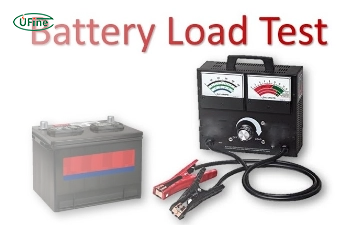
Battery Load Test: A Comprehensive Guide
Step-by-step battery load test guide for car, solar & industrial use. Learn how to load test a battery, interpret voltage charts, and avoid common mistakes.
The Comprehensive Guide to Battery Balancing and Battery Balancer
Discover how battery balancers improve lithium battery performance, lifespan, and safety. Learn types, functions, and tips to choose the right balancer.
What Is the Best Voltage for a Chainsaw Battery?
Compare 12V-80V chainsaw batteries for light pruning, medium firewood, and professional cutting. See best battery chainsaw with runtime charts and safety tips.
Lithium VS. Alkaline Batteries: A Comprehensive Comparison
Lithium batteries last 3–7× longer than alkaline and perform better in cold weather. Compare lifespan, cost, safety, and best uses to choose the right battery.
Comparing Lithium-Sulfur and Lithium-Ion Batteries: Which is Right for You?
Compare lithium-sulfur (Li-S) and lithium-ion batteries on energy, lifespan, cost, safety, and applications. Best choice for drones, EVs, and electronics.
